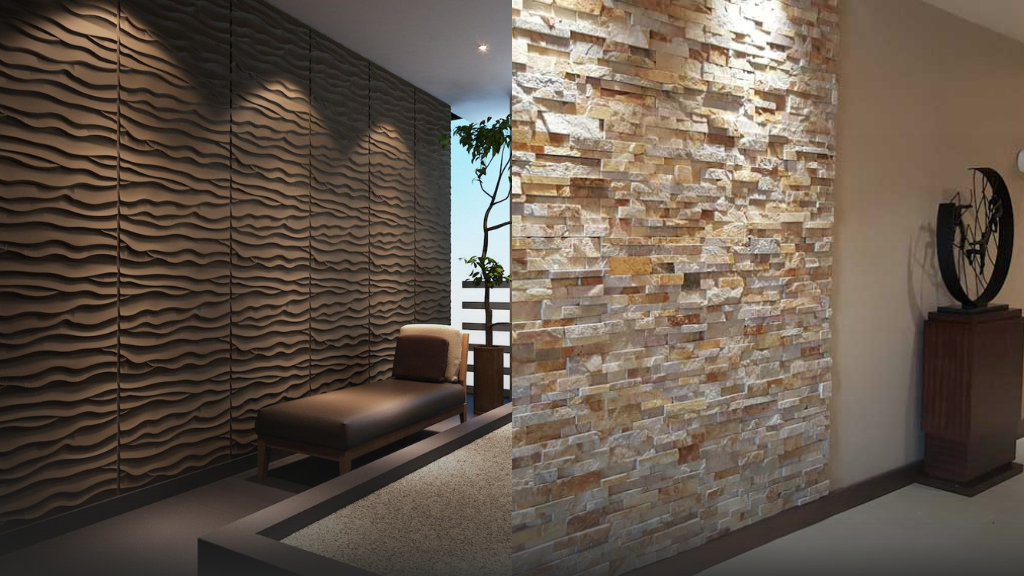
So, you’ve saved enough money to build your dream house or renovate your dream house. You want it to look exactly like you envisioned and the misalignment of a single brick is unacceptable. It is obvious that you’d want to protect your house from the adverse effects of the weather. One great way to protect the exterior walls of your house is wall cladding.
What is wall cladding you ask? It is a process of adding a layer of one material on top of another material to create a shield that protects the walls. In construction, cladding is done to make the walls water-resistant, provide thermal insulation, and enhance the appearance of the building. Wall cladding can be done on interior walls as well. But, there isn’t one single type of wall cladding, there are several. So, let’s see how many different types of exterior wall cladding are there and which one suits you the best.
First, Advantages of Exterior Wall Cladding
- Protection: Exterior wall cladding provides an additional layer of protection to the building’s structure and helps to protect the building from weathering, moisture, and other external elements.
- Insulation: Some types of cladding, such as insulated cladding, can help to improve the insulation of the building, reducing energy costs and improving thermal comfort.
- Durability: Many types of exterior wall cladding are designed to be durable and long-lasting, which can help to reduce maintenance costs and prolong the life of the building.
- Aesthetics: Exterior wall cladding can improve the appearance of a building, giving it a modern, sleek or traditional look, depending on the type of cladding used.
- Low Maintenance: Many types of cladding require minimal maintenance, making it easy to keep the building looking new for years to come.
- Fire-resistance: Some types of cladding are fire-resistant, which can help to protect the building and its occupants in case of a fire.
- Variety of options: There are a wide variety of cladding options available, so it is easy to find one that suits the building’s style, budget, and performance requirements.
- Environmentally friendly: Some types of cladding are made from sustainable materials and can help to improve the building’s energy efficiency, making it more environmentally friendly.
- Sound insulation: Some types of cladding can provide sound insulation, which can help to reduce noise pollution and improve the acoustic performance of the building.
- Cost-effective: Cladding can be a cost-effective solution for improving the appearance and performance of a building. It can be a more affordable option than a complete renovation or remodel, and it can add value to the building. Additionally, it can help to reduce energy costs and prolong the life of the building, making it a smart investment in the long run.
Types of Wall Cladding
There are different types of exterior wall cladding such as:
- Stone Cladding
- Brick Cladding
- Vinyl Cladding
- Wooden Cladding
- Fibre Cement Cladding
- Steel Cladding
- Aluminum Cladding
- Glass Cladding
- Weatherboard Cladding
- External Foam Cladding
1. Stone Cladding
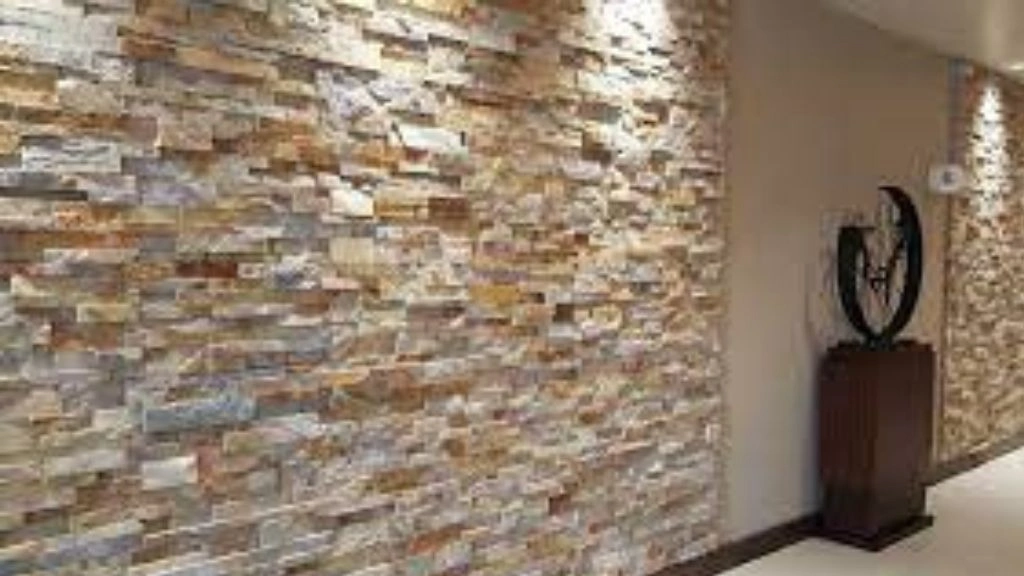
Stone cladding has a layer of sandstone, granite, and slate, giving the wall a natural look. It can also be used indoors such as on bathroom walls, living rooms, and indoor gardens. Here are the benefits of using stone cladding:
- It comes in different colors and textures.
- It is durable and lightweight.
- It does not absorb a lot of water and therefore it is great for indoor gardens and bathroom walls.
- It makes the walls stand out and if used in living rooms, it makes the walls look unique
- Stains are usually not easily visible
Even stone cladding has different types. Here are different types of stone cladding:
- Granite cladding: durable and long-lasting, it can give a natural and timeless look to any building.
- Limestone cladding: durable, it can give a natural and elegant look to any building.
- Marble cladding: luxurious, it can give a natural and elegant look to any building.
After different types of stone cladding, let’s continue with types of wall cladding.
2. Brick Cladding
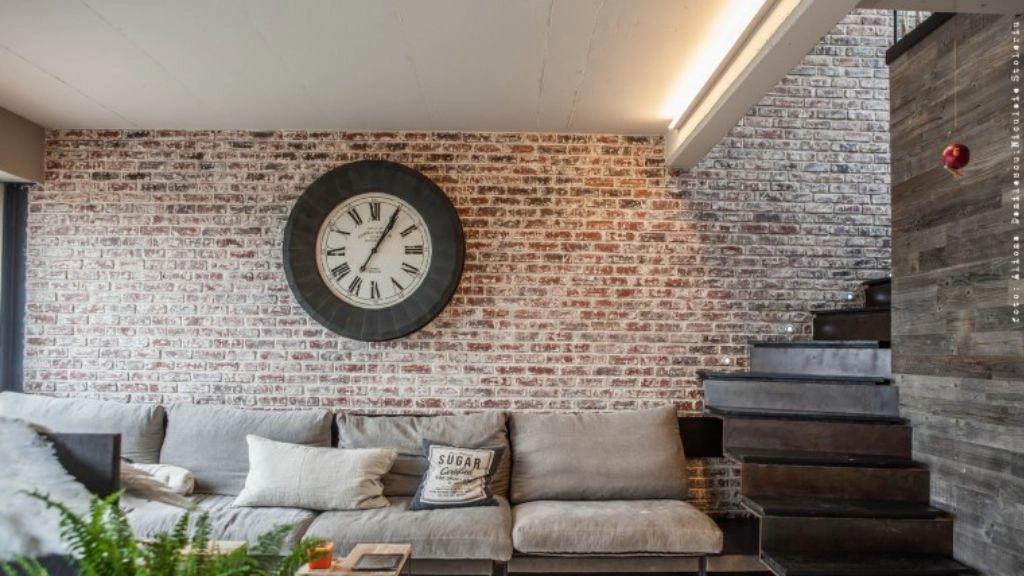
Brick cladding gives a rustic and aesthetic look to the exterior walls. Bricks are cheap and durable, making them a good option for exterior wall cladding. Here are some of the benefits:
It gives the walls a decorative finish if done systematically
- Brick cladding is available in several textures, colors, and finishes. Even different sizes are available.
- It can be washed easily
- Bricks are highly fire-resistant, so brick cladding is fire-resistant as well
- Brick cladding works as a good insulator and protects from extreme cold and heat.
3. Vinyl Cladding
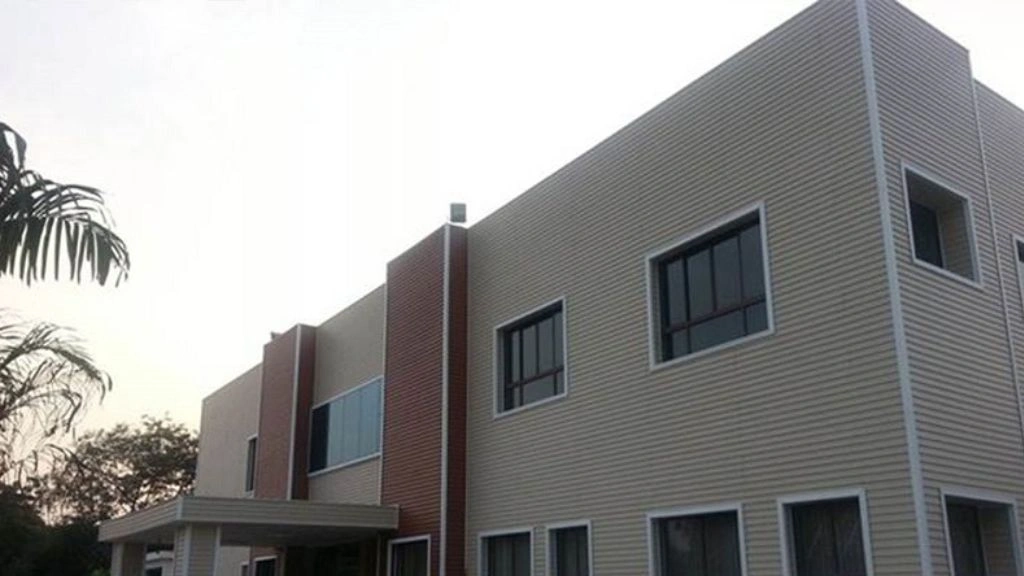
Vinyl cladding or PVC cladding is one of the best types of wall cladding because the PVC is combined with other substances, which makes it durable and long-lasting. Take a look at some of its benefits:
- It makes the exterior walls look aesthetically appealing.
- It is cheaper compared to wooden cladding
- It can withstand hard weather and if galvanized, it can become more weather resistant
- PVC cladding is versatile as it comes in a wide range of textures, colors, and designs from which you can mix and match to make a unique look.
- It can be used for insulation purposes as well.
- It doesn’t require much upkeep. It is easy to clean and expensive cleaning agents are not necessary.
- It comes with its own locking system
4. Wooden Cladding
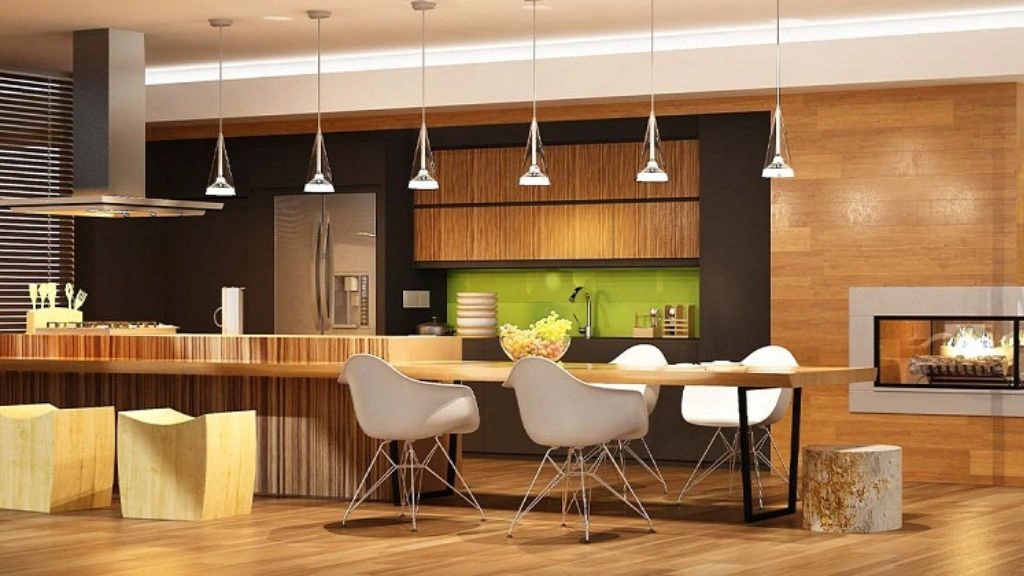
Wooden cladding as the name suggests uses high-performance wooden material that also works as a protective skin for exteriors as well as interiors. These are some of the benefits of wooden cladding:
- Solid wooden sheet installation gives a nice 3D look to the walls. Cedarwood and redwood are ideal for this purpose.
- After stone cladding, this is the next best option in terms of durability. Also, it is much stronger than vinyl.
- The surface is coated with stain or pigment to make it weather resistant.
- It is an absolute head-turner as it stands out from the crowd.
- It can be highly personalized as any length required can be achieved by trimming the wood. You can even create personalized patterns on the wood.
- It is environment-friendly.
- It is far more thermally insulated than steel or concrete.
Note: Even though it has a lot of benefits, it has some drawbacks as well. Its installation and maintenance are expensive and therefore its care should be exercised.
5. Fibre Cement Cladding
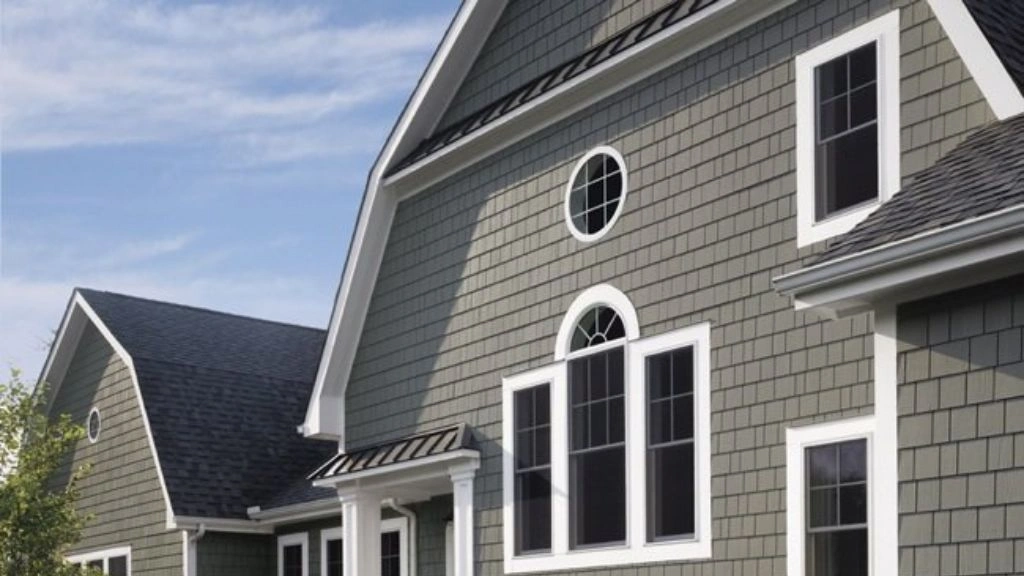
Fibre cement is a hybrid construction and building material. It is fabricated from cement and strengthened with cellulose fibers. Fibre cement cladding is mainly used in facade products and roofing due to its durability and strength. Here are the benefits:
- Though it is a low-cost option, it gives a beautiful finish.
- It is really durable and resistant to rotting and bacteria
- It doesn’t crack, shrink, or warp even in harsh climates, making it weatherproof.
- It is fire-resistant.
- Its installation is also quite easy as it is fitted into an aluminum frame.
- It doesn’t require much upkeep.
6. Steel Cladding
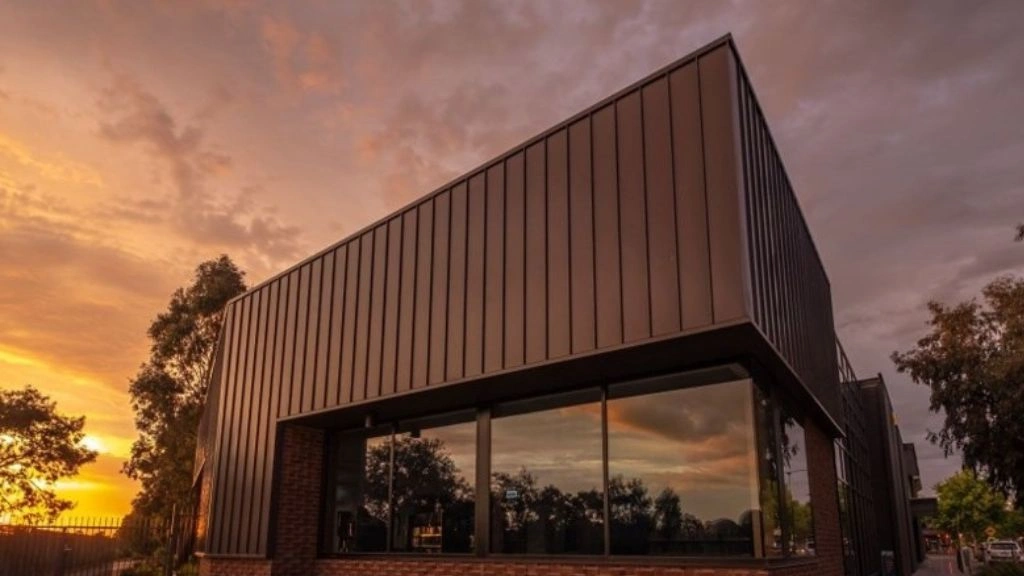
Stainless steel cladding is one of the best types of cladding out there. It is glossy, more polished, and thus offers a more aesthetic quality. It is mainly decoratively used for exterior wall cladding. It is durable and very easy to install. Let’s take a look at the benefits:
- After adding 10 percent chromium, it becomes highly corrosion-resistant.
- After the chromium treatment, it becomes weatherproof as well.
- It is not high maintenance.
- Insect attacks are not a concern.
However, if something bangs on their surface, dents are formed easily.
7. Aluminum Cladding
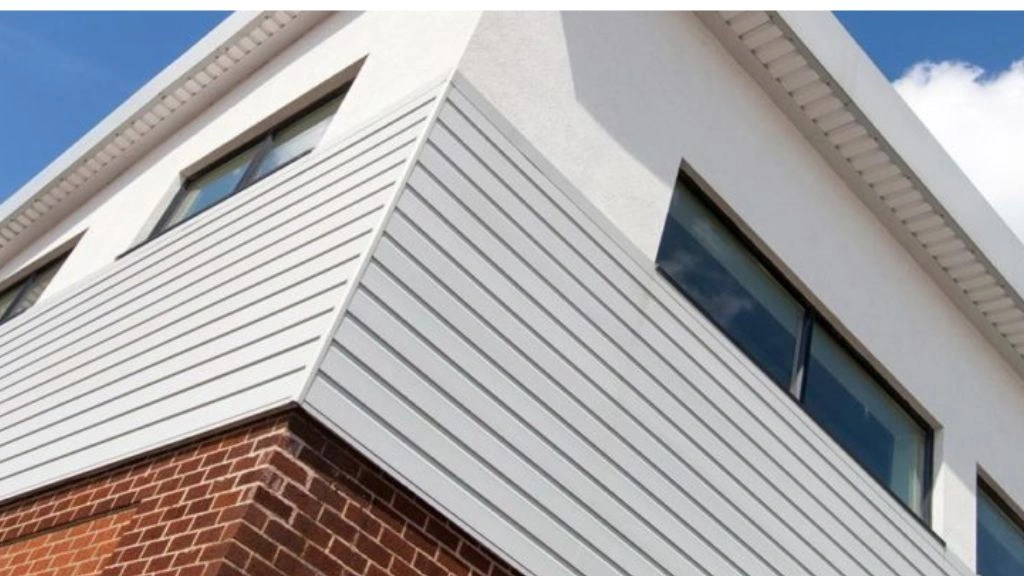
Aluminum cladding is a popular option because it is high-quality and sustainable when building a long-lasting facade. These are the benefits of aluminum cladding, enhanced further by incorporating a BA-MW Welded Aluminum Frame, which provides additional durability and structural integrity to the overall construction. These are the benefits of aluminum cladding:
- It is available in different shapes, sizes, and finishes.
- It is lightweight and therefore installation is easy
- It is low maintenance
- It can be used for storage or basement walls as well. It is often applied to large commercial building walls after treatment.
- The material is flexible and it can be bent into any shape.
- It is eco-friendly as it can be reused after recycling.
8. Glass Cladding
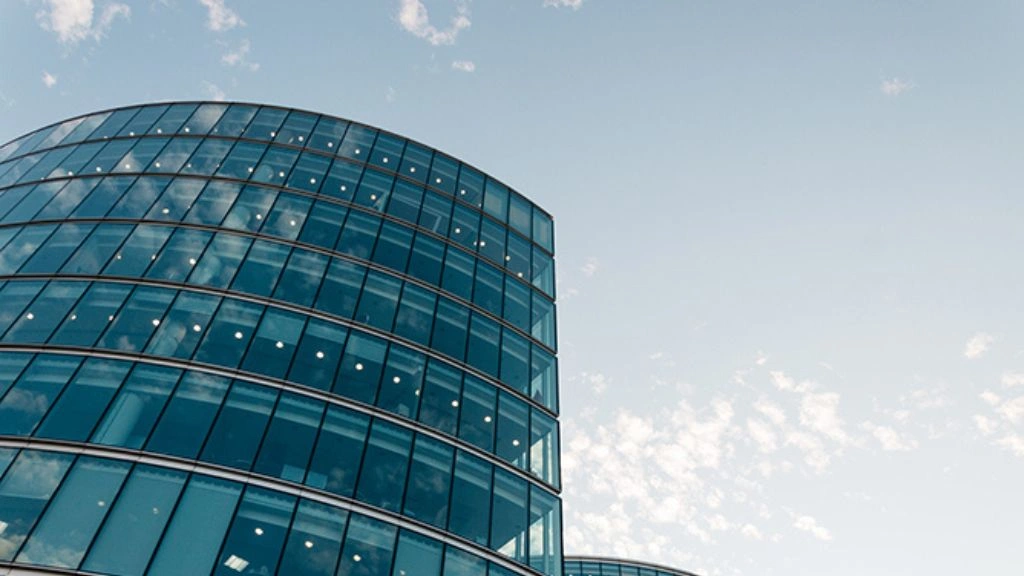
Glass cladding is one of the best types of wall cladding because of its distinctive look. It is widely used in an architectural technique where glass panes are used on the exterior walls of a building. It comes in interesting shapes, colors, and designs. Here are some of the benefits:
- Its reflective glass panes make the walls stand out.
- It gives a nice glossy finish to both exterior and interior walls.
- To make the panes fit perfectly, the installation should be done with utmost care.
- Glass panes are heat, rain, and wind-resistant.
- Its wear and tear over time are minimal.
- It is corrosion-resistant.
- Glass panes can be folded into different shapes and sizes.
- It is low maintenance.
Even though it is aesthetically pleasing, it has some major drawbacks. For starters, the glare created by selecting the sunlight can be a major issue for outsiders. Due to transparency, security can be put at risk. It can break under sudden pressures and if you live in an earthquake-prone zone, you should avoid it completely.
9. Weatherboard Cladding
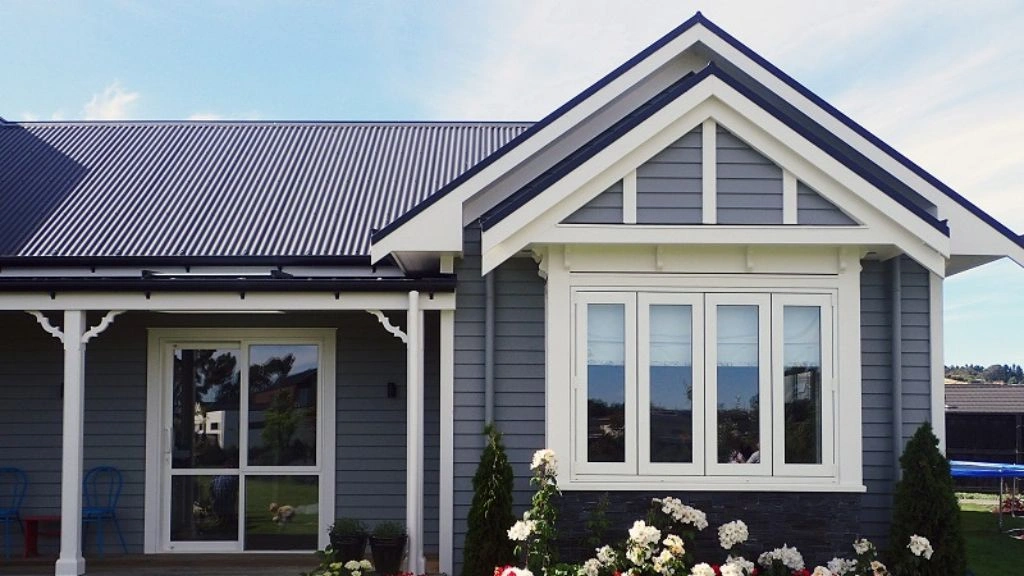
When people research different types of cladding, they come across weatherboard cladding and assume that it is the same as timber. However, it is not true. While weatherboard cladding is made of timber, the wood is reconstituted instead of using only authentic hardwood. That’s why it has some benefits and here they are:
- The wood is repeatable and it can be used over and over again and yet it will always look new.
- Unlike hardwood, weatherboard cladding can be painted to suit your choice.
- It is more flexible when it comes to appearance.
- It is durable.
It is only durable if it is adequately maintained. It needs more maintenance than any other material mentioned in this list. If not maintained, it is susceptible to decaying and rotting.
10. External Foam Cladding
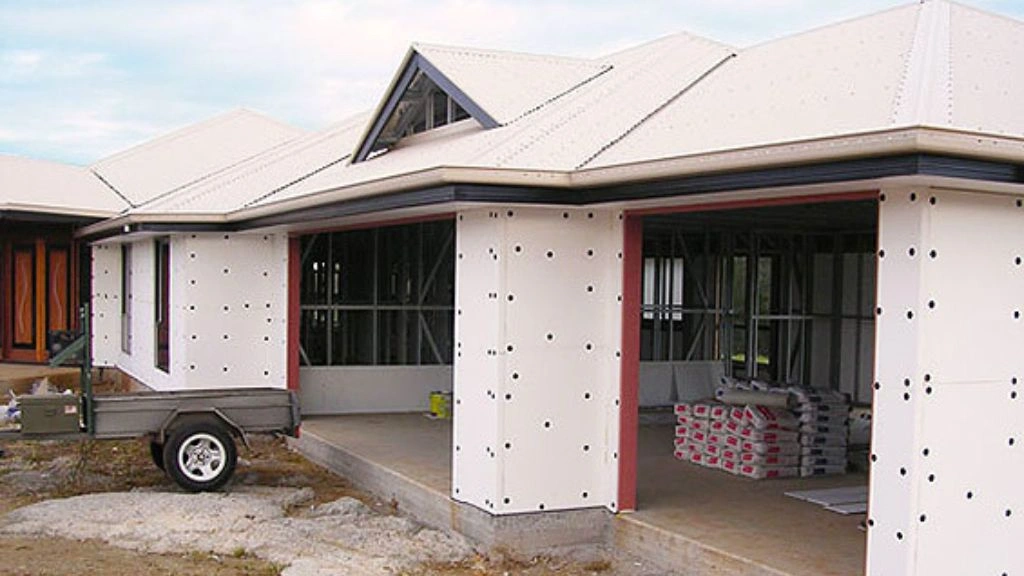
External foam cladding is the most insulated material mentioned in this list. It is built with a fortified core and then it is layered with a fiberglass mesh to make it extra strong. This is why it has a lot of benefits. Let’s check them out:
- It is entirely impact-resistant.
- They can be designed as per insulation needs.
- Panels come in different thicknesses, which can be cut as per the size of the contours of the building.
- It can not only keep the building insulated in the winter but also keep the indoors cool during summer.
- This helps buildings become energy efficient and lower their energy bills.
- They are available in textured or smooth or with an array of colors.
Final Thoughts
Wall claddings not only add a stylish touch to your house or commercial building but also protects the structure from weather damage. You can style your house as you see fit as these different types of wall claddings are available in different shapes, sizes, colors, and textures. You can even mix and match between two types of wall cladding and make a different cladding altogether that makes your house even more stylish.
What’s more? The cladding is not just for the exterior walls. You can use these claddings for the interior of your houses such as the indoor gardens, living rooms, and bathrooms. This will make both the exterior and the interior of the house stylish and protected.






